Psychedelic mushrooms might be “magic,” but they can still go bad!
Like any fungus, mushrooms will eventually decompose. And they provide a tempting snack for dangerous contaminants like molds, bacteria, and yeast. That’s why it’s incredibly important to take proper precautions when storing your mushrooms. Quality mushrooms are important in any context. But protecting quality is even more important when it comes to psychedelic mushrooms. After all, the quality of your trip is at stake!
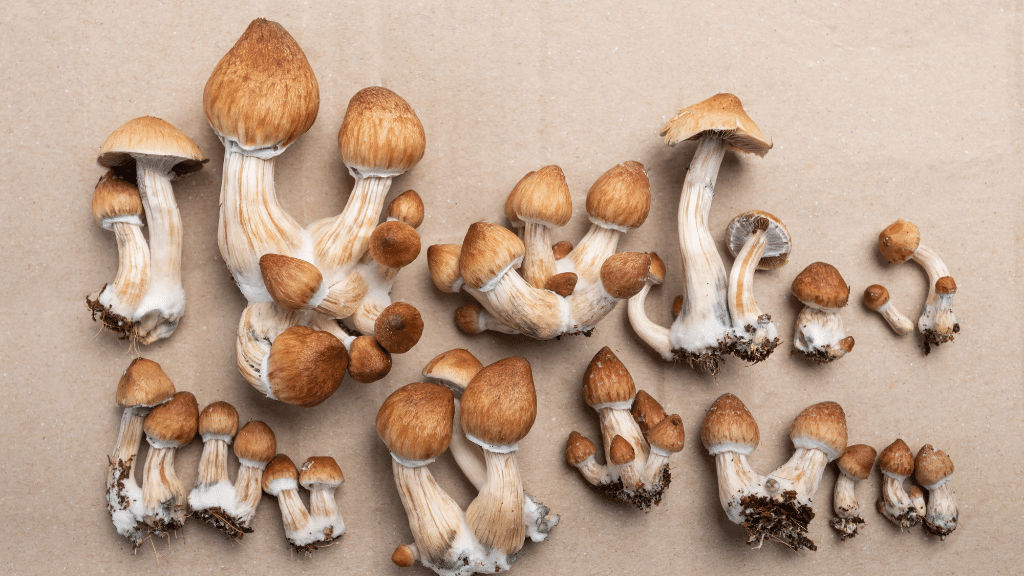
Fortunately, some common-sense steps can help protect your mushrooms, dramatically improve their shelf life, and preserve their potency. The right storage techniques make all the difference in the world when it comes to mushrooms, potentially extending their shelf life from days to years. Bad mushrooms can even be harmful to your health, and proper storage is also the best way to ensure safe mushroom conception.
In this article, we explain if psychedelic mushrooms go bad (and what to look for), how long mushrooms last, and storage tips that will help keep your mushrooms safe and potent as long as possible.
Can psychedelic mushrooms go bad?
Psychedelic mushrooms, just like other types of mushrooms, will eventually expire with time. Mushrooms are natural produce, not preservative-laden products designed to sit for years on the shelf, and freshness matters!
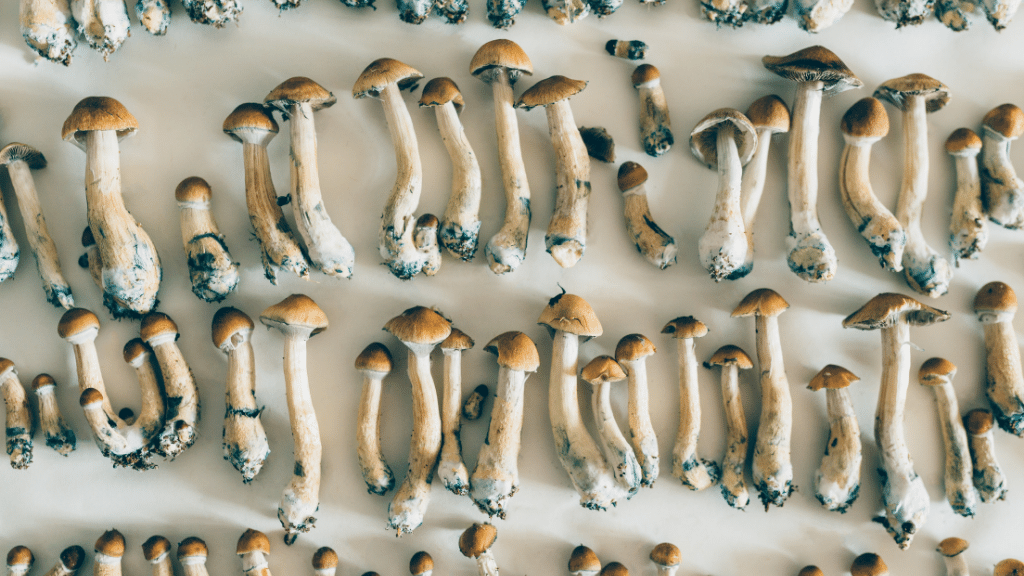
Like any dead fungal matter, mushrooms will eventually decompose. As they do, they become increasingly likely to harbor mold and bacterial growth.
As mushrooms go bad, they will lose their potency: psilocybin degrades naturally over time. And more importantly, bad mushrooms can be a safety risk.
But once you learn to recognize the signs, it’s easy to tell when your mushrooms' freshness might be slipping.
What signs should you be looking for?
1. The presence of mold
Any visible mold means the mushrooms are no longer safe to consume. Look for fuzz growing anywhere on the mushroom. This fuzz can be white, black, gray, or colored. Remove any moldy mushrooms ASAP to reduce the chance that it spreads.
2. Sliminess
Any sign of moisture is bad when it comes to storing mushrooms, and sliminess is a sign that decomposition has set in. Once this stage is reached, it’s too late for drying or other storage methods. It’s time for this batch to go.
3. Discoloration or spots
If you notice small soft or discolored spots (often white, brown, or black) on your mushrooms, unfortunately, they have gone bad. These spots are probably bacteria and/or mold beginning to colonize your mushrooms. Bacteria and mold will have already spread beyond the visible spots, so it won’t help to “cut away” a spot in an attempt to save your mushrooms.
Exception: blues spots are normal on psychedelic mushrooms. In fact, they’re an indicator that psilocybin is present!
4. A noticeable or very sweet odor
Different individuals describe the smell of rotting mushrooms differently (some describe the smell as oddly sweet). In short, if your mushrooms have developed a strong, noticeably different smell, it’s time to toss them in the compost bin. Good mushrooms should retain a slightly earthy, musky smell, and if they develop additional scents, it’s likely a sign that mold is developing.
Are bad or moldy shrooms safe to take?
Many different strains of mold are unsafe to ingest: if you see mold on your mushrooms, it’s time to toss them. Bad mushrooms can lead to unpleasant symptoms like nausea, diarrhea, or even food poisoning.
In the worst case, some molds are extremely poisonous and can even be life-threatening.
If you need another reason not to risk it, the potency of your moldy mushrooms is likely degraded anyway!
However, if you inspect your mushrooms and don’t see any of the visible indicators of degradation listed above, even older shrooms can still be safe to consume.
If they are properly stored, older mushrooms can even retain a surprising amount of potency.
How long do mushrooms last?
It’s important to prepare for the fact that the shelf life of fresh mushrooms is incredibly short! Freshly picked mushrooms will only last a handful of days (3-5 days at best at room temperature, up to 7-14 days in the refrigerator).
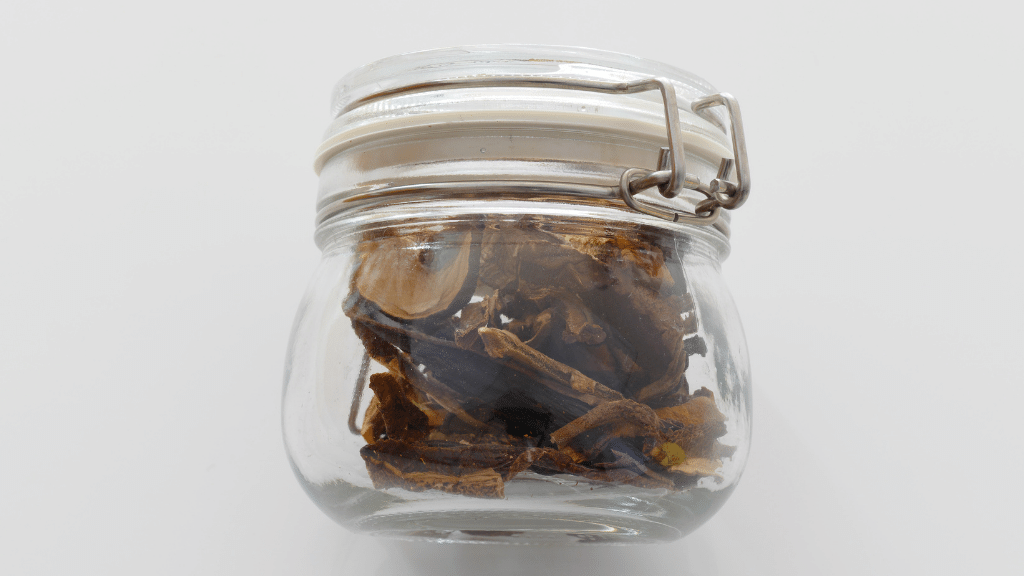
But proper storage methods can dramatically extend the potent, safe lifespan of your mushrooms.
The secret?
Mold loves moisture. So does bacteria.
Fresh mushrooms contain up to 90% water. By removing this water, you can create a much less inviting target for colonizers like mold. In fact, by drying your mushrooms and keeping them in a moisture-free environment, you can extend the shelf life of your mushrooms as long as possible.
Dried, properly-stored mushrooms can last much longer than fresh ones, up to 2 years.
And mushrooms processed into other forms, like gel caps or chocolates, can last even longer.
While they don't contribute to mold, sunlight, oxygen, and heat all contribute to degrading the psilocybin in your mushrooms.
That’s why proper storage techniques are essential to protecting potency as well as preventing rot and mold growth.
Tips for storing your shrooms for long-term use
The moment you pick your mushrooms, it’s important to start thinking about storage. Even freshly picked, mushrooms will only last a day or two if stored out in the open at room temperature (or worse, in the heat or sunlight).
You can store freshly picked mushrooms in a paper bag in the fridge to help keep them dry and protected. Simply roll up the bag for some basic protection from contamination; the bag itself will help absorb ambient moisture from the refrigerator.
If you use another container like tupperware or a ziplock bag, be sure to add a paper towel to achieve the same effect.
Fresh mushrooms still have a very high water content, and without something to absorb this water, you will only be sealing that water in (and creating a cozy lodge for mold).
If you plan on consuming them soon, it’s fine to keep your mushrooms fresh. Some flavor is lost in the drying process, and many argue that certain psychoactive compounds are as well. But because fresh mushrooms only have a shelf-life of a week or so, we recommend drying them if you don’t plan to consume them within a few days.
Drying is the best west to protect safety and prolong potency at the same time.
And it doesn’t have to take much extra time!
We outline some of the most popular methods for drying psychedelic mushrooms below. For an in-depth, step-by-step guide, we recommend our article here.
1. Sun and air drying
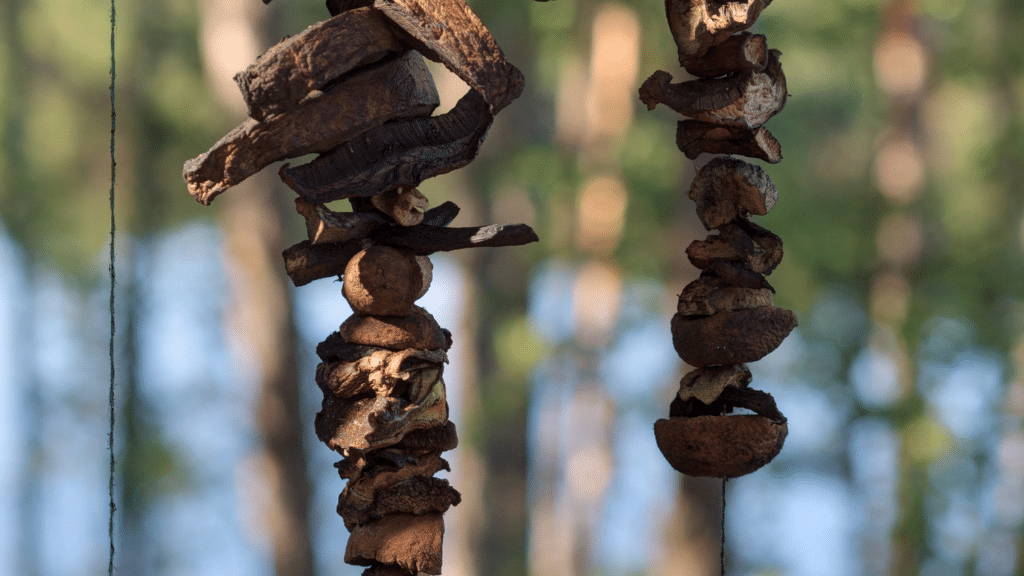
This method is simple and natural but requires some extra time. Simply place your fresh mushrooms on clean paper towels on a flat surface.
Pick the spot with the best combination of airflow and sunlight you can find.
Now wait 2-3 days, and your mushrooms should be fully dried and ready for storage.
Drying time will depend mostly on the intensity of sunlight received, so monitor your mushrooms carefully! Hot, direct sun may even dry out the mushrooms in a single day, and excessive sun after drying is completed will only degrade potency.
2. Oven drying
If you have an oven handy, it provides a much faster, easier to control drying method. Simply place your mushrooms on a baking sheet covered with wax paper, place them in the oven, and set the oven to very low heat (~90 degrees).
It's very important that your oven temperature is accurate. Some ovens are not quite calibrated correctly.
So be sure to check the internal temperature of your oven regularly if you're using it for drying.
If your oven has a fan setting, that can also increase airflow to speed up drying.
Wait about 2-7 hours, and your mushrooms should be dry. The timing will depend on a number of factors including the type of oven, the size of your mushrooms, how many you're drying, etc.
Be sure to check on your mushroom every 15-30 minutes or so. Excess oven time will degrade potency! You don't want to cook your shrooms, just remove the moisture from them.
3. Salt drying
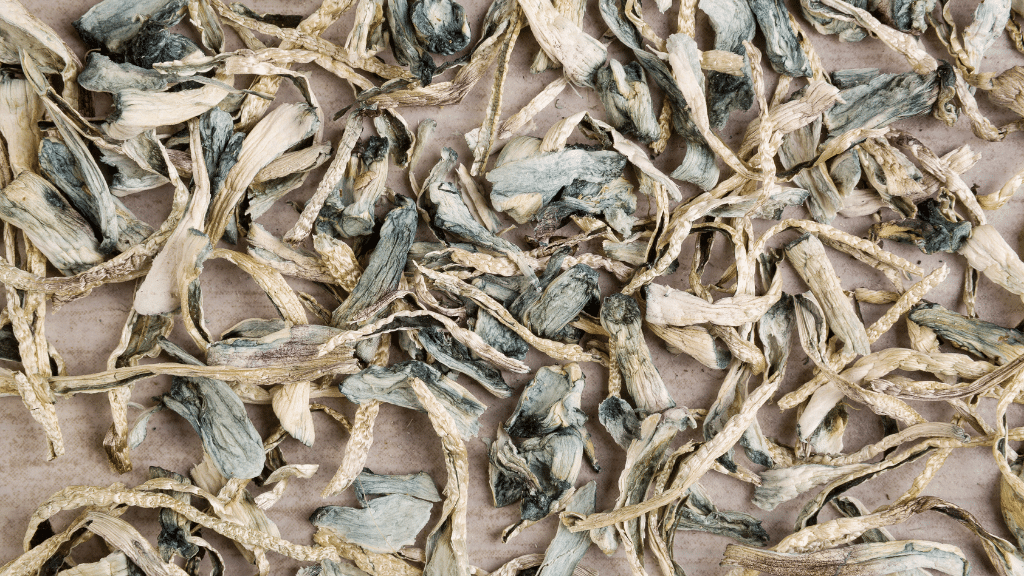
If you want to speed up the drying process without using heat, salt is the way to go.
First, you’ll need to make a salt-based desiccant: simply fill a baking tray with Epsom salt and bake for 2 hours at 400 degrees or so.
The salt will now be a solid cake. As soon as possible, break up this cake, pack it into an airtight jar, and cover it with a paper towel.
Now that your salt-based desiccant is ready, use a metal mesh to create a platform for your mushrooms over the desiccant in the jar.
Close the container tightly and wait a few days (as with the other methods, be sure to check in occasionally). The salt will pull water out of the mushrooms, while the jar will prevent new moisture from coming in.
4. Food dehydration equipment
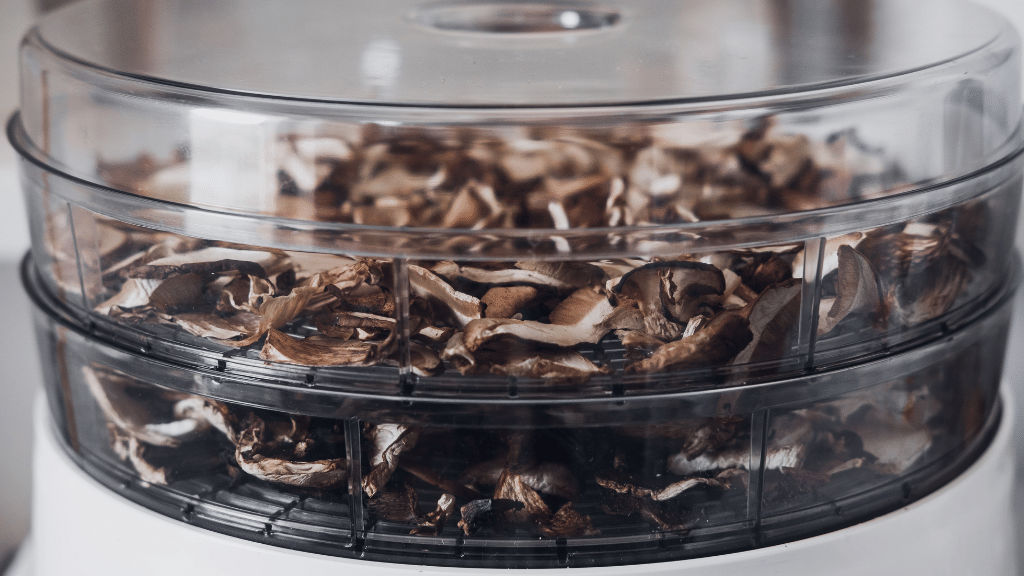
Popular food dehydrators can certainly be used for your mushrooms. They are not necessary, and the other methods above work just fine. But if you have a dehydrator around the house, it’s the perfect solution to accelerate the drying process.
If you live in a chronically rainy or humid climate, this might be the best option to ensure that mold is kept at bay during the drying process.
No matter the method, your mushrooms are dry enough once they have attained a brittle, cracker-like texture.
If they are still soft and pliant to the touch, they need some more drying time. Be patient! Any moisture left in the mushrooms will still contribute to rot and undo all your hard work up to this point.
Don’t worry if your mushrooms shrink dramatically, that’s totally normal for a fungus that’s 90% water.
Once dried, store your mushrooms in an airtight container.
Store this container out of the sunlight, ideally in a cool dark place.
Some popular shroom storage options include:
- The classic solution, a mason jar.
- A ziplock bag (not quite as airtight as a jar, a desiccant packet might be a good idea).
- A tupperware container, also lined with a paper towel.
If you simply must keep your mushrooms fresh, using a vacuum packer is one option. Vacuum-packed mushrooms can last several months instead of several days.
Should you freeze shrooms?
You can consider freezing dried mushrooms to extend their shelf life.
But never freeze fresh psychedelic mushrooms!
A large amount of water in fresh mushrooms will destroy psychoactive structures as it freezes. Freezing non-psychedelic mushrooms - like gourmet and medicinal varieties - is a popular storage method. But it's not a good technique for those containing psychedelic compounds.
Should I grind shrooms for storage?
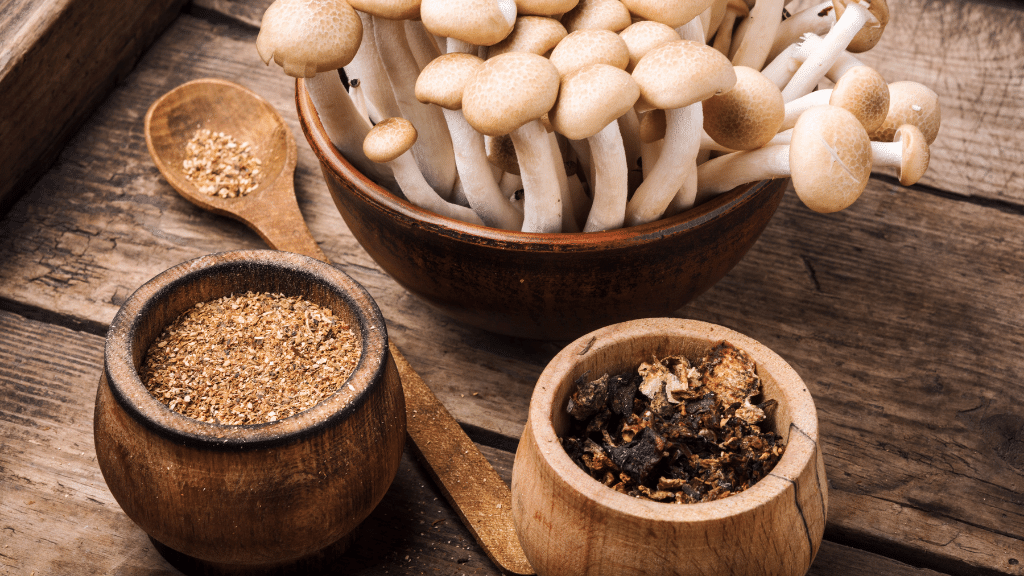
One popular method for naturally preserving dried psychedelic mushrooms involves grinding them.
The ground mushrooms can be mixed into a food like honey or chocolate, preserving them and providing a tasty ingestion method at the same time.
Mushrooms stored in this form can last even longer than whole dried mushrooms, potentially up to three years.
If you find yourself with a bumper crop and need to preserve some for a longer period of time, the extra effort may be well worth it.
Common sense psychedelic mushroom storage is worth it!
To sum up, yes your mushrooms will go bad eventually. But the right storage techniques can help them last dramatically longer. And, as we explain above, these techniques are mostly common sense and don't involve a lot of extra time, steps, or equipment.
Safe mushroom storage is, quite simply, worth it. Psychedelic mushrooms should always be a life affirming natural resource, not something that hurts your health. And a little care is all that’s needed to keep it that way. Proper mushroom storage protects your health and the quality of your psychedelic experience at the same time!

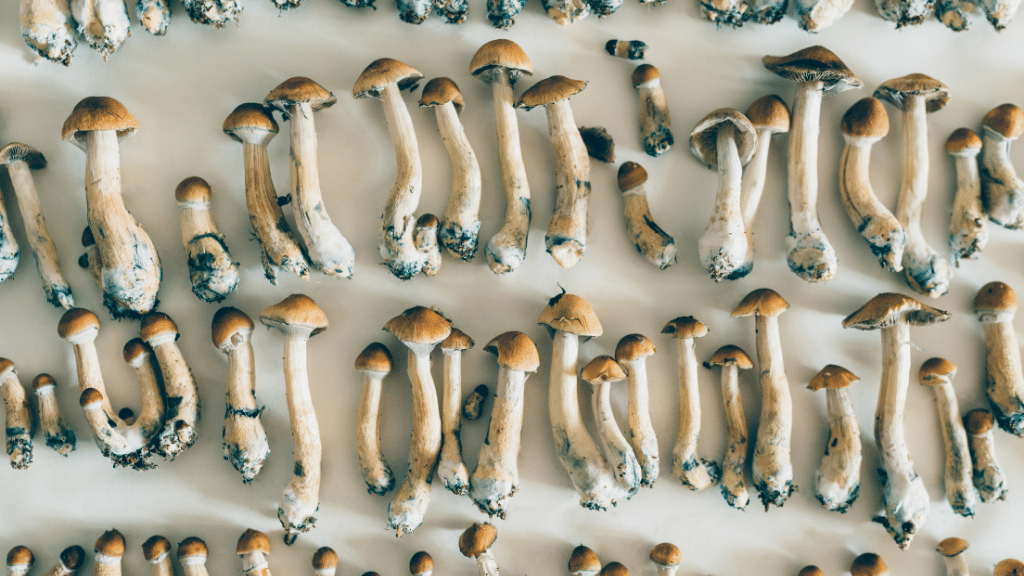


.png)
